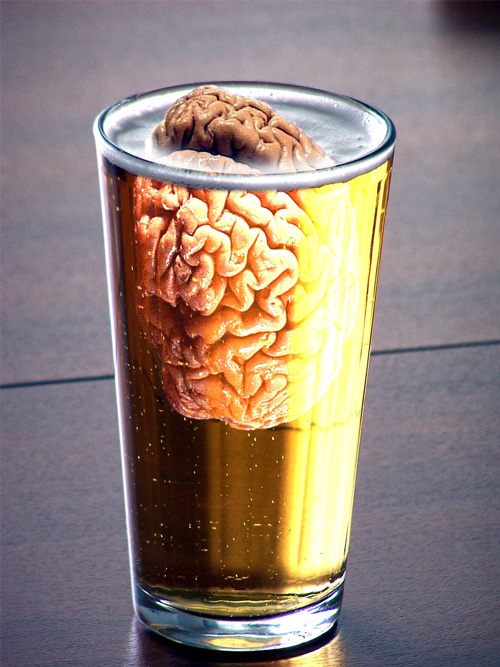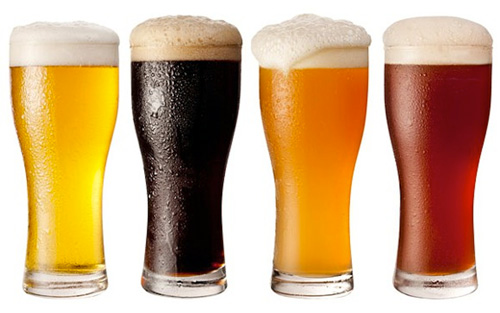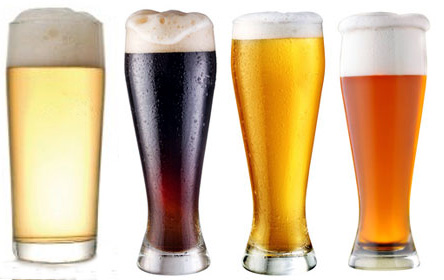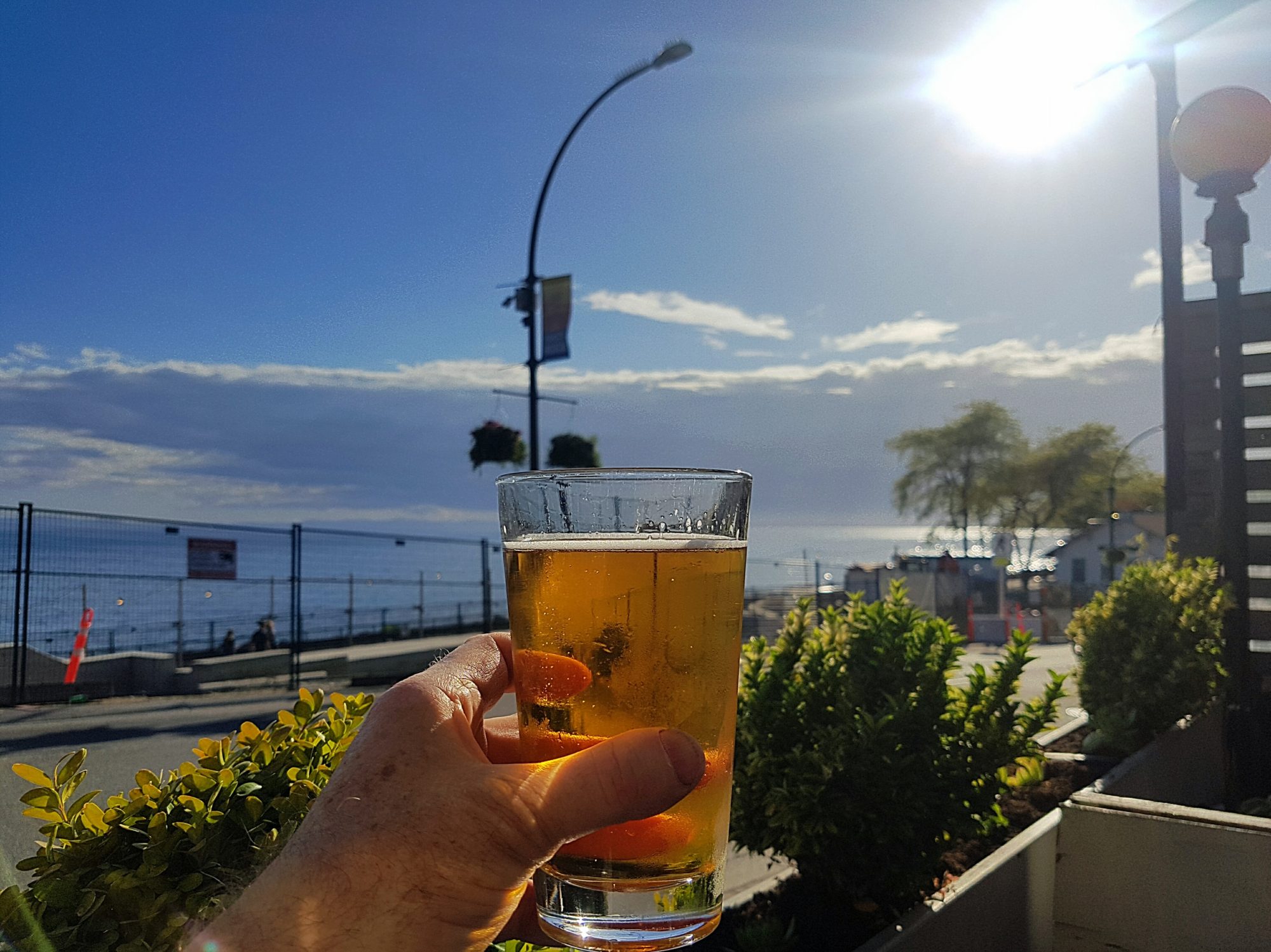
According to the Wikipedia, neuroanthropology is the study of culture and the brain. What is beer, if not culture, I always say, and yet it was a pleasant surprise to see the fellows over at the Public Library of Science Blogs saying the same thing in an entry, Carefully Crafting Consumption: Understanding the Craft Beer Revolution, where they examine (and get some experimental data on) ‘What are the driving forces behind the increased popularity of craft beer?’
It’s a good and timely question: over 400 new craft breweries opened in the last year in the USA. In my home of British Columbia we’re getting something like thirty new craft breweries a year right now–and it’s picking up every day.
Why are people so hot on craft beer–particularly at a time when macro beers (the pale, fizzy stuff that requires advertising on television) are declining precipitously? It’s so bad for the major breweries right now that they’re on incredibly aggressive acquisition schedules, buying foreign premium breweries (such as Becks) and then tossing the recipes and filling the pretty ‘imported’ bottles with BudMillerCoors Standard Western Industrial Light Lager (S.W.I.L.L.) It’s not doing them any good, mind: as soon as they acquire and ruin a new brand, sales fall off a cliff. 4th quarter sales for MillerCoors are down 2% on domestic sales. Pete Coors, chair of the Molson Coors Brewing Company and Chairman of MillerCoors summed up their problem quite succinctly in an interview with The Denver Post:
“Basically the biggest trouble we have is on-premise sales,” he said. “We have a lot of bar owners who are enamored with craft beers. They are beginning to take off the premium light handles and putting bottles behind the bar instead and replacing the handles with craft beer handles. We lose 50 percent of our volume when that happens.”
The company is trying to compel bar owners to keep their beers on tap by impressing them with facts.
“We have done research that shows it’s not in the economic benefit for a bar to do that,” he said. “Having a premium light brand, whether it’s Coors, Miller or Bud on tap actually improves the economics of their business. People stay in their seats an average of 18 minutes longer when they have a light premium beer on tap. That means they are spending more money, leaving bigger tips. We have a little algorithm and an app that we give to our distributors to evaluate and analyze these businesses and bars.”
It’s hard to be cynical enough with that series of statements. Coors is, of course, a deluded plutocrat, scion and heir to a fortune (which tends to make people quite able to deny observable reality and substitute their own) and really wants to preserve that fortune.

Simply put, the reason why bar owners are replacing S.W.I.L.L. with craft taps is that’s what beer consumers want. The extra 18 minutes he mentions probably comes from the fact that people can’t drink his beer fast enough because it’s ludicrously over-carbonated and they needed 15 of those 18 minutes to belch.
Back to neuroanthropology: why do craft beer lovers reject S.W.I.L.L. ? The article at PLOS is excellent and covers a lot of ground, hinging on the paradigms put forth by anthropologist Daniel Lende, who ‘proposes the following items as useful to understanding what drives consumption: sensorial, corporal, experiential, decision engaging, social, and meaningful.’
All good stuff and there’s a great bit on blind trials using different beer glasses to gauge drinkers responses to actual rather than presumed flavours and aromas, but the two most significant points pretty much cover what drives craft beer drinkers away from S.W.I.L.L. and into better beer, flavour and engagement.
Typical S.W.I.L.L. beer uses very few ingredients (one malt, one or two hops, and some sugary adjuncts), that have low flavour (rice and corn taste like almost nothing after fermentation). The sad truth about these beers is that blindfolded, the most fervent of their partisans cannot tell them apart–they are specifically designed to be as flavourless as possible–offend fewer people, grab greater sales.

Craft beers on the other hand have the option of using many different kinds of malt–there are hundreds available–and in addition to the explosive growth of new hop varieties, they also add anything that strikes them as a positive–licorice? Sure! Coconut? You bet! And so on. They also use different yeast, and since yeast contributes heavily to the profile of a beer they can really stick the flavour knife in and twist it, adding aromas and flavours of bubblegum, melted butter or tropical fruits, if they desire. S.W.I.L.L. is universally made with alcohol-tolerant, neutral profile yeast.
All it takes is for a lover of beer is to try a few craft beers and as soon as they become normalised to the very different flavours and aromas, all S.W.I.L.L. tastes weak, watery and fizzy. It doesn’t matter if it’s the same alcohol content or the same body, the relatively weak palate of flavours and neutral character makes it wimpy.
Engagement is the second part and it’s the secret key. It’s impossible to engage with a corporation that concentrates of return for its investors above all else–no matter how many small brewers they buy, no matter how hard they try to use those breweries and their beers as a mask to try to cajole people to like their overall portfolio, it won’t work.
I engage with breweries that can tell me an authentic story about their beer–who made it, where the recipe came from, how they feel about it, and what cool stuff they’ve done and plan to do next. A corporation, designed only to make money for investors, doesn’t have a story like that, and as soon as they purchase a craft brewery they destroy its story as well.
And a corporation will never, ever understand why. Because they could be making bricks or shoes, and don’t care what the vehicle for their revenue stream is. Real craft breweries engage their drinkers with not only flavour, aroma and choice, but also with a real dedication to the idea that beer is more than just a drink–it’s a gateway to an experience.
